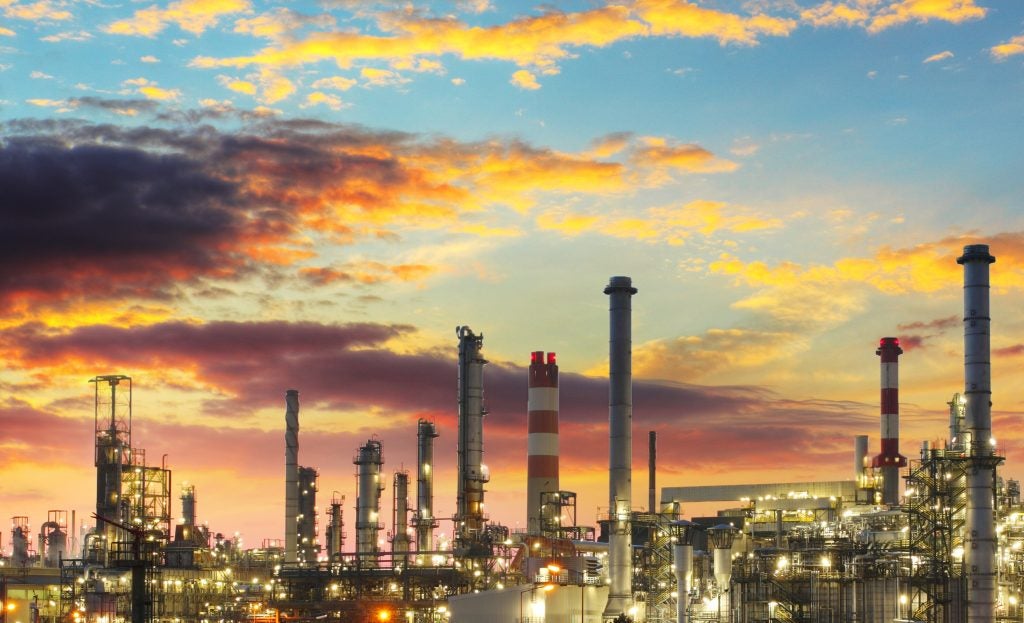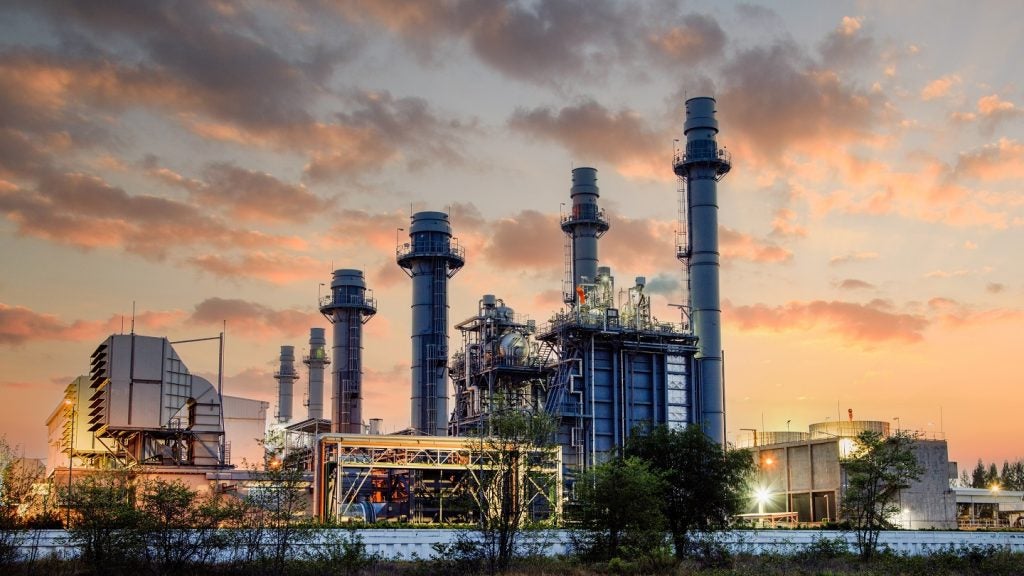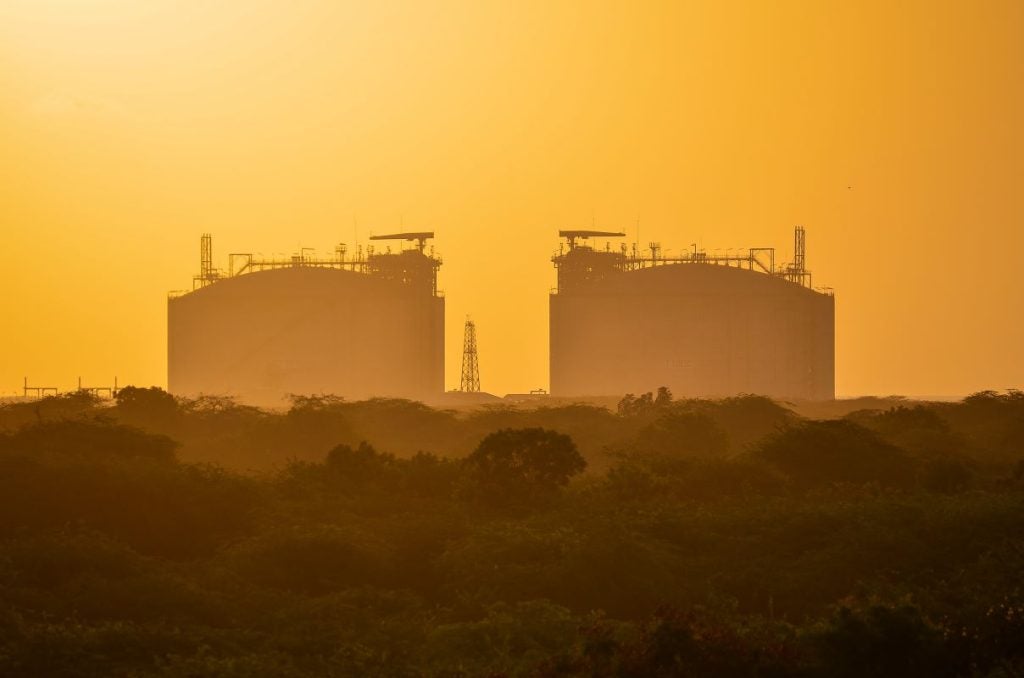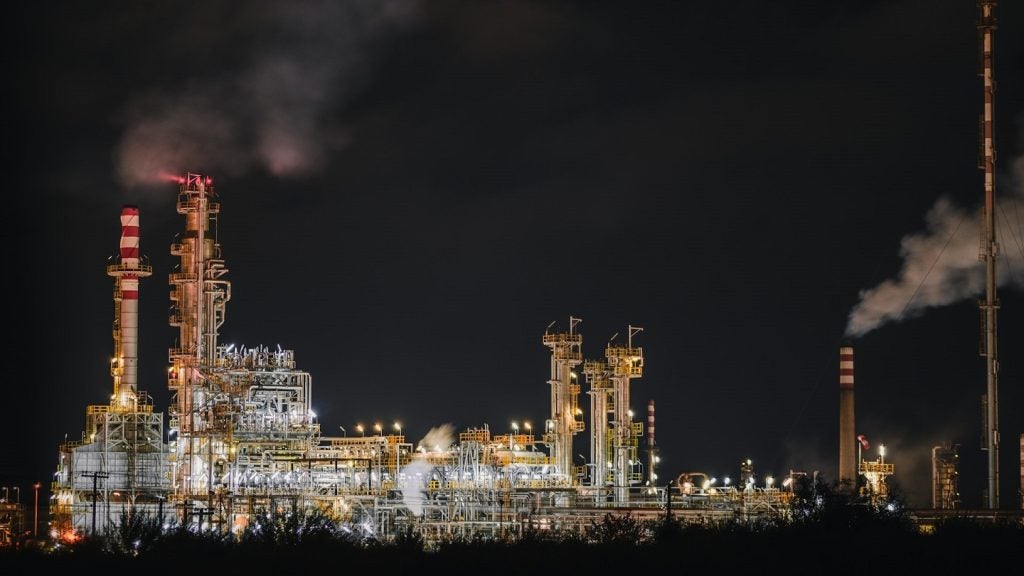Karamay is a producing conventional oil field located onshore China and is operated by Kunlun Energy. According to GlobalData, who tracks more than 34,000 active and developing oil and gas fields worldwide, Buy the profile here.
Field participation details
The field is owned by China National Petroleum.
Production from Karamay
The Karamay conventional oil field recovered 74.59% of its total recoverable reserves, with peak production in 2000. Based on economic assumptions, production will continue until the field reaches its economic limit in 2057.
About Kunlun Energy
Kunlun Energy Co Ltd (Kunlun), a subsidiary of PetroChina Company Ltd, is an integrated oil and gas company that explores and produces crude oil and natural gas. It also carries out storage, processing, and transportation of liquefied natural gas (LNG), power generation and sale of liquefied petroleum gas (LPG). The company’s major projects include Beijing Shunyi and Ningxia Wuzhong Taiyang Mountain Development Zone Projects and Shandong Anqiu Gas Project among others. Kunlun operates LNG terminals, storage and LNG plants in Mongolia, Xinjiang, Hainan, Shaanxi, Sichuan, Qinghai, Taian Hebei, and others. The company has its upstream operations in Kazakhstan, Oman, Azerbaijan, China, Peru, and Thailand. Kunlun is headquartered in Hong Kong.
For more details on the Karamay Conventional Oil Field, buy the profile here.
Data Insights
From

The gold standard of business intelligence.
Blending expert knowledge with cutting-edge technology, GlobalData’s unrivalled proprietary data will enable you to decode what’s happening in your market. You can make better informed decisions and gain a future-proof advantage over your competitors.







